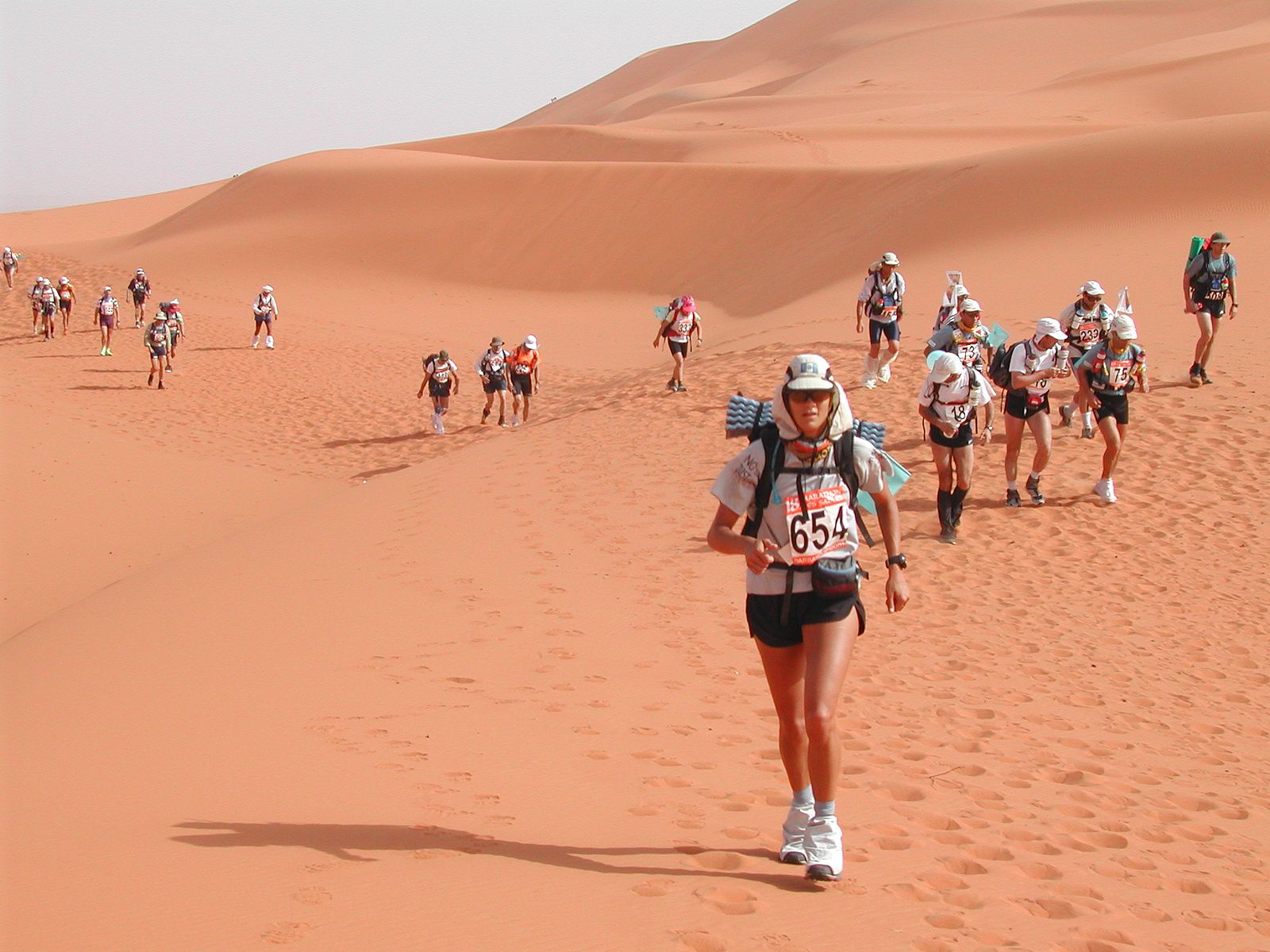As it is coming closer to the summer months here in the Northern Hemisphere, now is a good time to discuss how heat influences performance. Paula Radcliffe is possibly the greatest example of heat stress and performance. Her race at the Athens 2004 Olympic games was a disaster. She blamed the extreme heat for her lack of performance at a period where she appeared to be in great racing form. Heat exhaustion also claimed several top athletes at the 2015 Crossfit Games. It is an often overlooked and significant concern for many athletes.
As we exercise, the by-product of metabolism is heat. This heat production raises our body temperature. Our body tries to maintain a range between approximately 36-37°C. It has several mechanisms to do this including sweating and directing blood flow to the surface of the skin. This helps dissipate heat through evaporation. If temperature rises above this range, safety mechanisms in the form of temperature sensors in the body will intervene. Your body will actively try to reduce its activity in an effort to slow you down to the point at which it can get temperature level back under control.
In terms of endurance, cardiac output is a major determinant of exercise performance. If we sweat, the water in our blood plasma is reduced. Cardiac output will reduce and endurance performance will be diminished. For this reason we try to maintain our hydration as best as possible. The hotter the ambient conditions the more we need to drink to replace lost fluid and maintain our performance capacity. If we drink large amounts of water and sweat a lot, we run the risk of excreting a lot of salts which are in sweat. If we do not maintain a salt/water balance we can start to experience cramping in the muscles. Often athletes drink until urine has a very light yellow colour. This is generally a pretty accepted method of monitoring your hydration. However, if we do not replace salts we can achieve light coloured urine relatively quickly but without properly reaching hydrated status. In the case of extreme heat and sweat adding a hydration tablet or isotonic fluid is beneficial. It not only replaces salts but can help rehydrate as fluid is absorbed more efficiently when it has isotonic concentrations of electrolytes.
An important factor to consider in the heat is the relative humidity. Humid conditions are much harder to cool down in as sweat and evaporation are not nearly as efficient. It is also good to consider the fact that in dry conditions sweat may not be as noticeable as evaporation is quite rapid. In both cases we can lose a lot more sweat than we think. As fluid loss is so detrimental to performance it is essential to maintain a strategy of drinking and staying hydrated and be aware of the conditions.
In terms of warming up, an increase in body temperature is extremely beneficial to muscular contractility. If our temperature is too high though it will have a very negative effect. In extreme heat remaining cool may be more important than increasing temperature before a race. It is even more important to manage heat during competition especially in longer events. Wearing light coloured, light material clothing can help reduce heat from the sun. Precooling using a cooling jacket, cold drinks or dampening your clothes can also help keep body temperatures down in hot conditionings. Overheating during a long race can have disastrous effects. In Paula Radcliffe’s case it was likely her extensive warm-up in the heat raised her temperature to a point where she could no longer manage optimal temperature when the race started-Something which would not have been an issue racing elsewhere.
It is rare that many athletes experience truly extreme heat as many event organizers take safety into consideration. However, sometimes we compete in foreign regions and some athletes are more accustomed to hot temperatures than others. The heat can have a very significant impact on performance. It is essential that athletes always consider the competition environment and have strategies that allow them to be at their best. It is always good to be prepared. Always bring a cap and light coloured shirt to competitions. Sunscreen and water are essential to a competition kitbag. Conditions can change fast and the simplest forms of preparation can make all the difference.
If you liked this article please like and share. Also don’t forget to subscribe to our free newsletter below.
Thank you!
